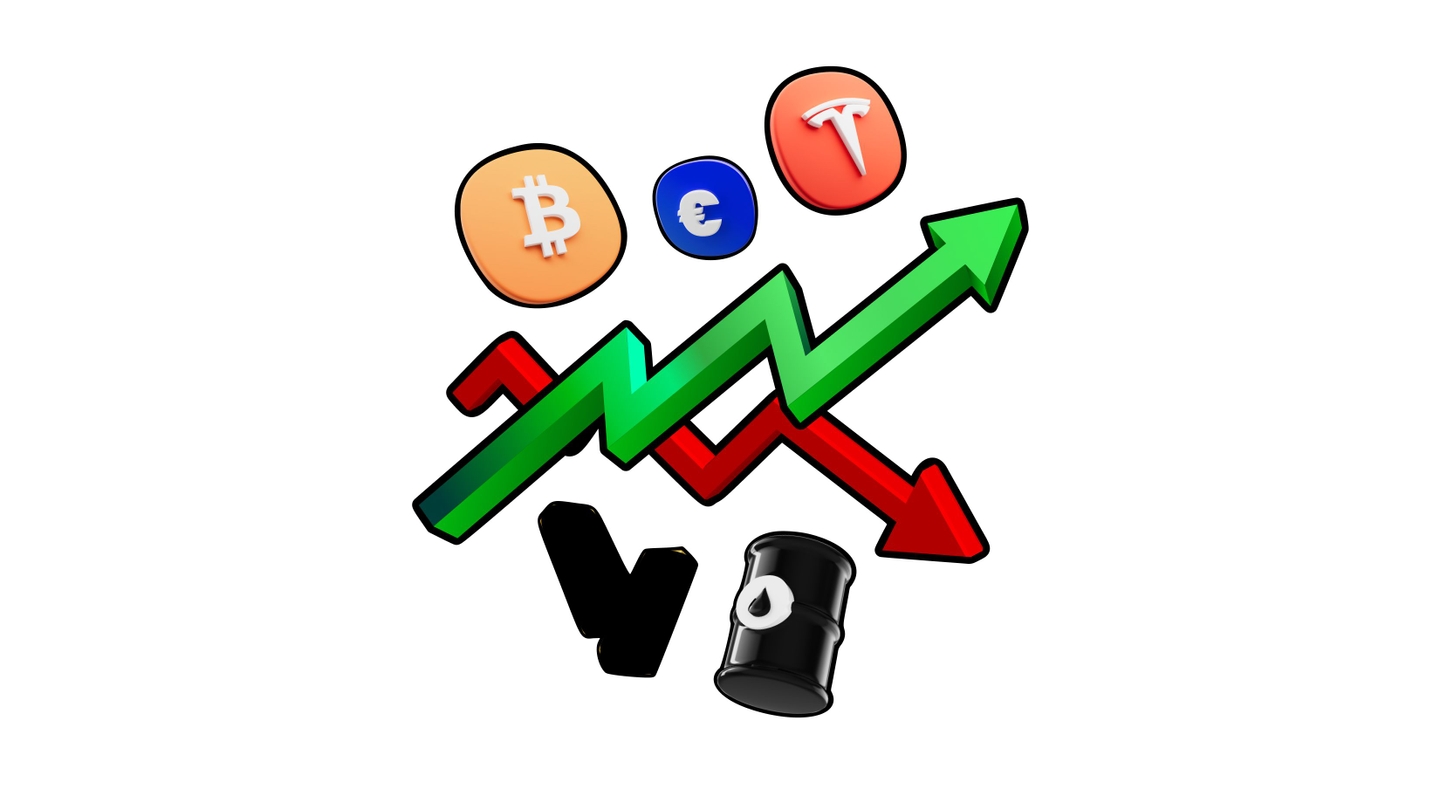What is trading?
Sometimes people may mix up trading with investing, but this is a big mistake. Even though trading is a form of investing, it is a completely different approach. Investing relates to building an investment portfolio and earning through different methods, such as dividends and yields. At the same time, trading is when you constantly enter and exit “trades” to profit from the price movement.
For example, a trader may look to profit from the price of the stock increasing from $10 to $11.50 and close the trade in less than one week. An investor will still want to earn from the price increase but most likely will keep the investment open for months and years. An investor will also look at dividends and other forms of income.
What are CFDs?
Many investors who choose to trade rather than invest long-term turn to CFDs or Futures. A CFD is an investment contract between a trader and a broker. The contract will have a price that mimics the price movement of an asset. For example, Apple Stock CFDs are priced the same as the actual stock. This gives traders quick and easy access to trading the price movement without owning the underlying asset.

Why may trading be more appropriate for you?
Trading has specific perks which drive many investors to trade. What are you looking for from trading/investing, and if CFDs are ticking all the boxes?
CFDs allow you to speculate a decline. We all know that the price of an asset or sector can come under pressure and decline. For example, this is something that stocks experienced in 2022. CFDs are one of the only assets that allow traders to speculate and profit from the price’s decline.

CFDs provide easy access. CFDs allow quick and easy access to traders. Individuals can easily buy a CFD and turn it back into cash. Trading other assets can be a lengthier process, depending on the product.
CFDs give traders access to leverage. Leverage is when the broker allows the trader to increase their purchasing power. Leverage is always shown as a ratio and confirms how much of the total value is required. For example, leverage may be shown as 1:2. If the investor wishes to purchase a stock worth $100, he requires $50. A Leverage of 1:10 means the trader would require $10 to open the same trade.
Leverage lowers the investment's capital requirement, but it has both advantages and disadvantages.
Pros and Cons of Leverage
The main advantage of leverage is that it allows traders with less capital to take advantage of more expensive investment products. Additionally, leverage can enlarge the profits the trader makes since it increases the individual’s buying power.
The main disadvantage is that leverage can also increase losses when the market moves against you. Let’s say for example that, the S&P 500 Index is worth $4,000. If someone has a leverage of 1:4, he requires $1,000 to invest. However, if the price drops by $500, the trader has lost 50% because of leverage. Whereas without leverage, the loss would have been 12.5%. The same applies to profit if the trade moves in favor of trade.
What do CFDs allow you to trade?
Another positive aspect of CFDs is that they allow you to trade a vast selection of assets. This can include traditional investments such as stocks, currencies, and indices or rare commodities such as Gold and Palladium.
Asset categories where CFDs are tradable tend to fall under one of the following categories:
- Currencies
- Cryptocurrencies
- Indices
- Stocks
- Commodities
The great thing about NAGA’s platform is that you can access CFDs for the above all, also other investments such as real stocks, ETFs, and Futures.

What does Naga Offer to help new traders?
Live Webinars 3x Week. NAGA holds webinars at least three times a week, which are conducted by educators or the company’s Market Analysts. Webinars cover analysis, trading basics, and market developments. This is also a good opportunity to ask direct questions and for assistance.
Naga.com/learn. NAGA Learn is a great educational hub that allows traders to read live market analysis, educational courses, modules, and one of the market’s most advanced glossaries.
NAGA Academy. The Academy can be found on our trading platform and provides traders additional support such as short trading videos, books on trading and
Stop Loss and Trailing Stops. As part of this article, we have looked at how leverage can increase potential profit. However, if we decide to trade with leverage, we must also have ways to protect ourselves against the negative sides of leverage. NAGA offers various helpful risk management tools such as stop lossand trailing stop.
A stop-loss is a pre-set risk limit that will automatically close your trade. For example, buying a stock at $100 may set a stop-loss at $90. So, if the investment declines by $10, it will automatically close the trade. This ensures that you do not risk losing more capital than you would like.
A trailing stop is similar to a stop-loss but also has some additional perks. A trailing stop protects you from excessive losses but can also protect your profit. The difference between a stop loss and a trailing stop is that a stop loss stays stationary, while a trailing stop increases with the price. For example, you buy a stock at $100 and place a trailing stop at $90. If the price increases to $150, the trailing stop will also increase to $140. This way, the trailing stop also protects a portion of your earnings.


